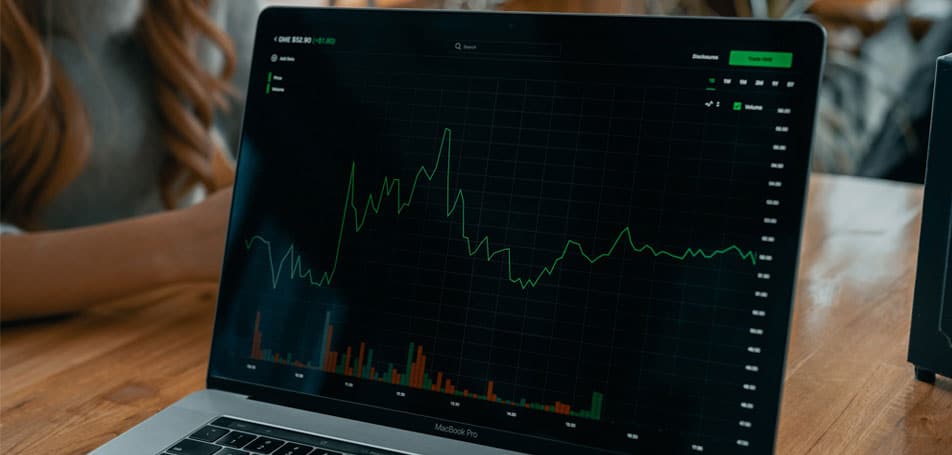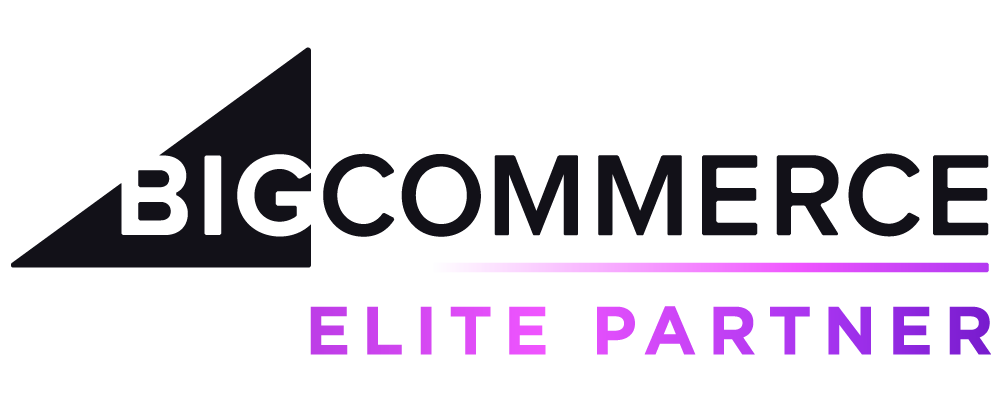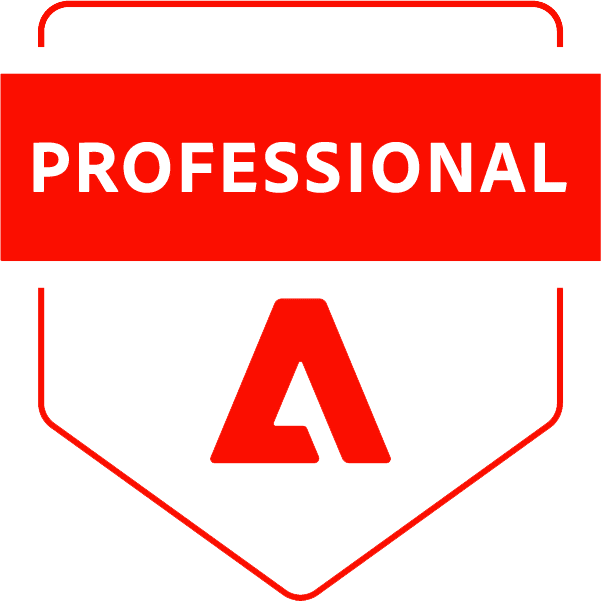
If you’ve been managing an eCommerce store for a while, you’ve probably heard about the conversion rate metric. This measurement is calculated by dividing the total number of customer actions (or conversions) by the total number of site visitors over a specified period of time. For example, if a store makes 5 sales and has 100 visitors over the course of a day, that store’s conversion rate would be 5%. Conversion rate optimization (CRO) is about using strategies that can improve your conversion rate. CRO strategies can be applied on all kinds of pages; not just product pages or checkout forms! A conversion can refer to any action you want a visitor to take, whether that’s filling out a contact form, signing up for a newsletter, or buying a product.
Key Elements of CRO
The purpose of using CRO strategies is to boost site performance and improve the overall user experience (UX). With millions of eCommerce sites vying for shoppers’ attention, businesses need to do everything they can to outshine their competitors.
Fortunately, enhancing your store’s CRO strategy doesn’t have to be complicated! In fact, there are just 6 key areas you’ll want to focus on:
- Landing page designs. Are your landing pages aesthetically pleasing, eye-catching, and easy to navigate? If a page looks cluttered or loads too slowly, you may be missing out on potential customers.
- Website copy. High-quality product photos and graphics are a must when selling online, but don’t forget about double-checking your web copy! Make sure that your product descriptions are formatted correctly while offering plenty of relevant details for customers.
- Strong CTAs. Call-to-action (CTA) pages, forms, and buttons have to be strong and relevant in order for customers to take the desired action. The more relevant the written copy is to your visitors, the more leads it will generate.
- Navigation. Is it easy for shoppers to navigate from one page to another on your site? If customers have to do a lot of backtracking or keep running into broken links, they’ll likely find a more user-friendly site to purchase from.
- Relevant forms. Good forms should require only the most important information from customers, take the least amount of time to fill out, and have autofill options that minimize user errors.
- Page speed. No matter how great your site looks, how easy it is to navigate, or how amazing your products are, your conversion rates likely won’t improve if your website loads too slowly. Search engines prioritize fast websites, and customers expect sites to load in 5 seconds or fewer. A slow site will mean poor SEO rates, increased bounce rates, and lower conversions.
Learn More
Want more information about CRO and how it can affect your business? Check out VWO’s guide on best practices for CRO or connect with a Wagento developer today!







